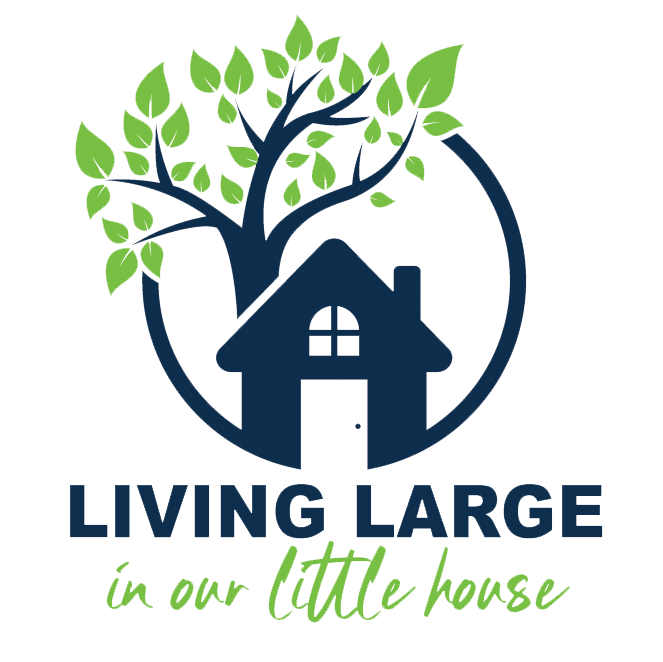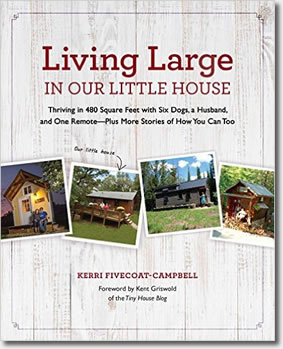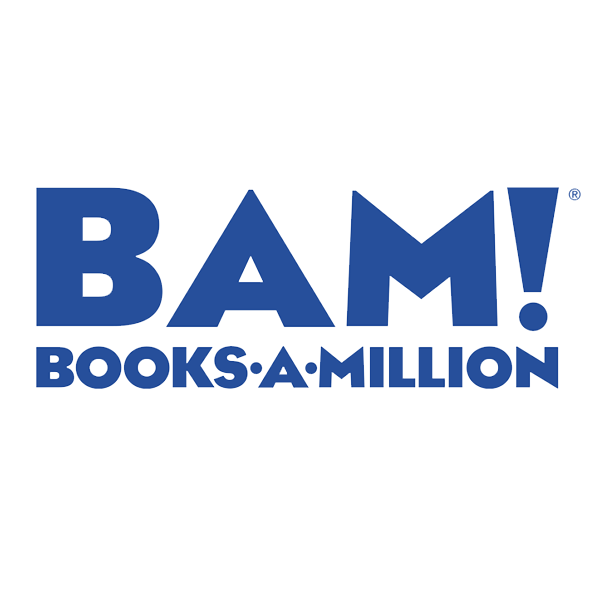Please Don’t Squeeze or Take my TP!
 I will try some of the cheaper store brands on some things, as a matter of fact, I’m convinced some of the store brands are manufactured right alongside the name brands. The CEOs at these companies are laughing all the way to the bank about how they duped us into buying pretty packaging.
I will try some of the cheaper store brands on some things, as a matter of fact, I’m convinced some of the store brands are manufactured right alongside the name brands. The CEOs at these companies are laughing all the way to the bank about how they duped us into buying pretty packaging.
There is one item that is different and where I won’t scrimp to save money: Toilet paper. I am a life-long Charmin user. I get this from my mom, I think, who also said she would never scrimp on quality toilet paper (must have been all that using old newspapers during the Depression).
When I was single, living on my own in an apartment, I might have had to make some food stretch to the next payday, but I always had my quality toilet paper. When we went to Germany, one of the things I missed in those 10 days? You guessed it.
This year, when my husband was laid off, we even tried buying another cheaper brand. Hated it. We used it until we could get back to the store.
That’s why it made me depressed to read this article in The Kansas City Star yesterday that laid out the negative environmental effects of soft toilet paper such as the one I use. I get they use chemicals and bleaches to manufacture the stuff, the effect that is most disturbing to me is the fact they are using old growth forests to make it softer.
When we moved to The Little House, I did do some homework to make sure the Charmin was really safe for the septic and wouldn’t clog us up. I was happy to learn it was safe, so long as we took the other precautions such as treating the septic monthly and periodic pumping.
Now I learn that these soft toilet papers use old growth forests to produce the toilet paper, which not only effects the gasses released into the environment, but also wildlife.
Environmental groups claim, according to this article, that if every single American family bought just one roll of recycled toilet paper just one time that we could save 400,000 trees.
Still, it takes more to get the job done when the TP is thinner, so is it better to use less with the better stuff or more with the other stuff? I admit, I haven’t tried the recycled paper, it is a lot more expensive to buy than even the softest brands.
We just bought a large multi-pack at the store, which I don’t intend on wasting. But this article does have me thinking, even now, like the bear on the commercial, about how much I use.
For right now, that will have to be the bottom line.
Does “going green” have you thinking about sacrificing something you’ve used or done all of your life, or have you already made the switch – giving up something you really love? Tell us about it.
I’m still waiting to hear from Freth on the movie giveaway! Stay tuned for another giveaway on Friday….








We use Scott brand or the store brand equivalent. It takes a bit to get used to it but it lasts so much longer. It breaks down really easy so is septic and rv safe.
The reusable cloth method sounds interesting but my husband won’t budge on that issue. He refused to use the compost toilet for a very long time. In time, I believe that he will come around to trying the cloth method.
Thanks for commenting, Terri. Charmin says it is septic safe and a friend confirmed it for me. I’m still not sure.
You could go Roman and use a toilet sponge. The best part is that the ones in the public Roman toilets would be rinsed and then used by the next guy. Sanitation!
http://www.wondersandmarvels.com/2009/08/what-the-romans-used-for-toilet-paper.html
Thanks, Kiwi. Now, there’s an Ew factor!
About 30 years ago I came across a fellow that did not flush paper. It went into a container and then to the compost where there were many happy worms. As I recall the paper was not always TP either, newspapers and catalogs weren’t just for reading… My grandparents in their youth all lived in homes without indoor plumbing and all had a good story about the Sears catalog…
Different times for sure, much more self reliant with a wide variety of skills that are mostly lost on generations that have had the convenience of electricity, indoor plumbing, easy transportation and food produced by others.
I agree that the last several generations have had it easy, but don’t necessarily agree that self reliance has necessarily been “lost.” We amazed ourselves last winter for the 8 days during the ice storm at how resourceful we could be to get heat, cook and have water without electricity. It wasn’t easy, I sure gained respect for my grandparents and generations before. I can see now why just running the household was a full time job from sun up to sun down.
We use old flannel cloths as toilet paper around here. Trust me, once you get over the disgust factor, you won’t want to go back to paper! Cloth wipes are MUCH softer than even the softest toilet paper. The benefits are numerous: septic tank does not have to be pumped as often, no more buying toilet paper (or buy less toilet paper), never running out of toilet paper, etc.
Some people are willing to use cloth for #1 but not #2. I suggest trying cloth for #1 only to get used to it. If you still don’t feel comfortable using cloth for #2, you still will save a lot of money by buying less toilet paper (especially since you are a woman and use TP more often than men). This way, you can have a bit more money to buy 7th Generation toilet paper or any brand that uses recycled toilet paper.
A neighbor threw out old heavy-duty curtains. I used the top fabric for another project but discovered the inner layers were of soft flannel. A lightbulb went off in my head-cloth wipes! I cut them into rectangles (so that I could fold them in half before wiping). I didn’t bother to sew the edges so they are a bit frayed but they stay put and don’t bother me.
I don’t know about you, but I had an stainless steel (inside and out) ice bucket laying around in my house, never being used. This became the bucket for cloth wipes. Just wipe, put it in the bucket, put the lid on. Once a week, I take the bucket and dump its contents in my washing machine without ever touching the wipes. Then I rinse the bucket and let air-dry. This system works really well for us.
Don’t diss the idea without trying first! 😉
well we use washcloths to clean baby bottoms back in the day ….so no different, just bigger bottoms.. =) I also used cloth diapers…all we had at first, then when the others came the cost of disposable ones was out of our price range.
Thanks, Keri. Your system is a very economical and ecological one! It would take me some getting used to the idea.
Never had to change diapers at all, Susan, so missed out on that fun! 🙂
This sure has given me a lot to think about!
I forgot to mention that we have not bought tissue paper in YEARS. I use the same cloth wipes for noses, too. Or we use the baby washcloths for that (since we got a bunch for our first child and only need one for the bath). This is another idea you could do to save money on TP/tissue paper since tissue papers are made from virgin trees as well.
Good point. Thanks, Keri.
Look at us having a serious conversation about TP. Ha!
I didn’t realize the high-end brands were “bad” for the environment like that.
We buy the Costco brand, and it works fine for us … and our septic.
I know, Roxanne and the great part is that I’ve learned a lot! 🙂
I just take a really, really pragmatic view on toilet paper. When I consider what it’s used for and where it ends up there is no way I will even consider buying anything but the “plain vanilla” 1000 sheet rolls. Compared to catalog pages, the econo-TP is the height of luxury.
Lately, I have been using Marcal’s Small Steps tissues and toilet paper (“made from paper, not from trees”) but I didn’t care for their paper towels. I’m trying to decrease my paper towel usage anyway, but haven’t been able to completely eliminate it.
Around here, the soft Charmin-y brands are super expensive compared to the 1000 sheet brands, because the soft ones have far fewer sheets per roll. When you calculate it on a per sheet basis, the soft brands almost always end up more expensive.
I buy the Marcels Small Steps and their napkins as well. I find it works great….they do have a soft one but went back to the single ply. I don’t buy paper towels at all…just use cloth towels.
Kathy,
I haven’t been able to completely eliminate paper towels either, but we’ve cut WAY back.
You’re my hero for not ever using them, Susan!
Once you get used to the cheaper stuff, it’s not so bad. We switched to it due to cost (it did work out cheaper, even though you use more). Also, the thinner stuff breaks down easier in septic systems. Going farther down the green and cost effective speak, has anyone tried reusable cloths? We have thought about it, since we use and therefore wash cloth diapers anyway. The more kids you have (or toilet using trips you make), the more cost effective the cloths, even considering water use.
I’m pretty sure I couldn’t go with the cloth, Ken. Interested to know if anyone else has!
Ah! This is a dilemma I know well and have really wrestled with because I run a green B&B. I actually did research and found a company in Canada that makes great, soft eco-friendly TP, but could not order the quantities required, because I do not have room to store that much TP. I tried an eco-friendly brand I found locally but it was not soft enough. So, I went back to Kirkland, from Costco. Then Kirkland started wrapping their rolls in plastic, instead of paper, to my great displeasure. I look forward to hearing whether you ever find a brand that compares to your Charmin’ standard. I have been buying Seventh Generation paper towels and use cloth napkins. But for TP, one cannot sacrifice softness, I agree.
Definitely an issue worth researching, Alexandra. Thanks for providing some info.
Thanks for the info on the paper towels and napkins. Where do you find these? We have limited options for shopping here. Maybe the price depends on the point of sale. We do have a natural store, but the TP is high, in comparison to the bulk we buy.
Like you, I’m just not willing to sacrifice on the TP. I buy Charmin too and nothing compares. I would be willing to try one roll of recycled to see how it compares. I do buy recycled paper napkins and paper towels and they do not cost much more at all.